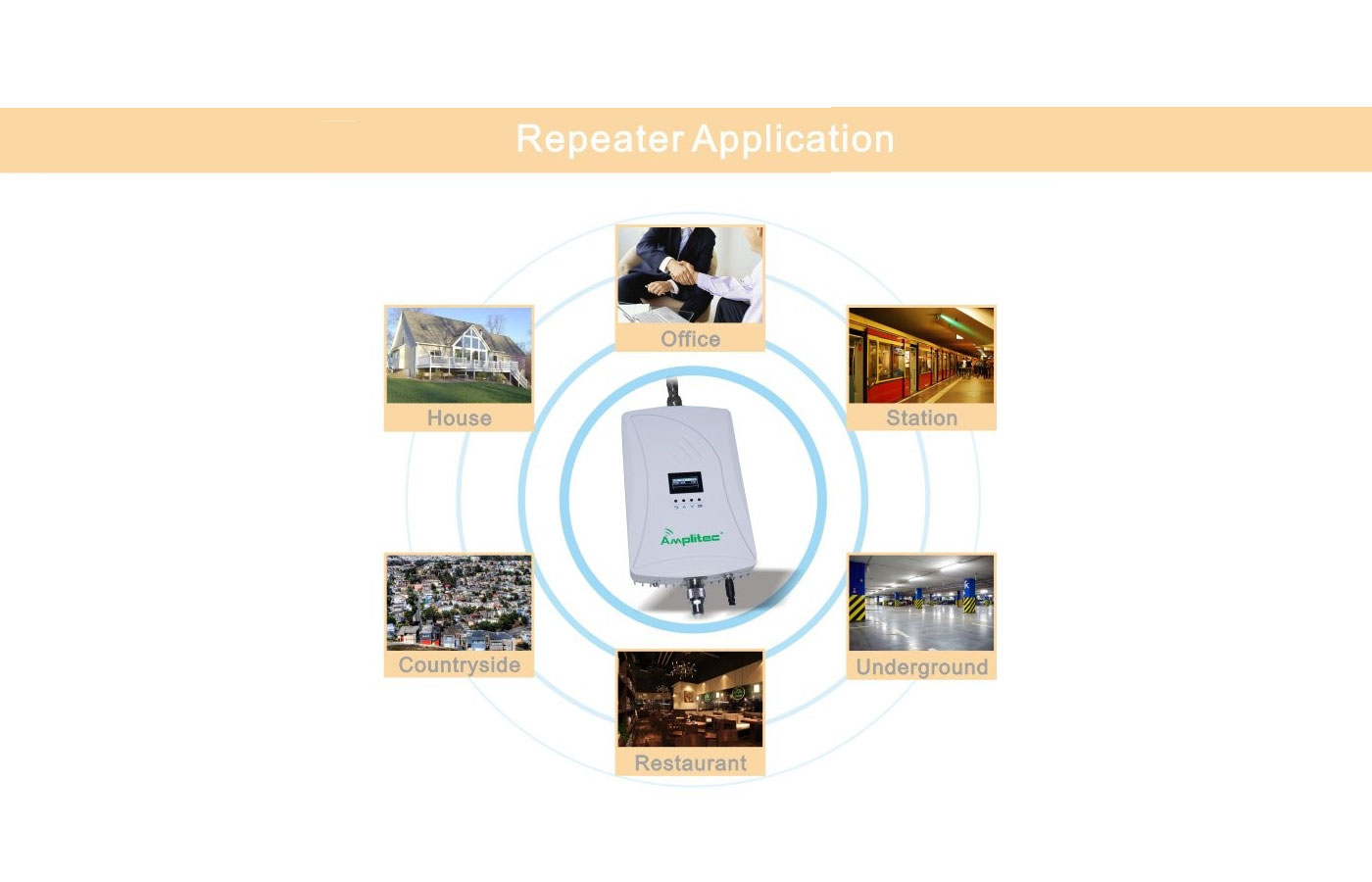During the selection and installation of antenna, except to ensure that the repeater can receive the signal of the donor base station well, also need to pay attention to the isolation requirements between the donor antenna and the service antenna, to avoid performance degradation of the repeater. The following introduction of some points should be take it serious in the selection and installation of repeater antenna.
According to the specific signal conditions and coverage needs, to choose suitable antenna gains. Since the repeater belongs to the same-frequency relay system, an omnidirectional antenna cannot be used generally,otherwise it may cause the system to self-excite. The communication between the donor antenna and the donor base station antenna is point-to-point, so it is most suitable to choose an antenna with high gain and a narrow horizontal beam. Angle reflection antennas, logarithmic period antennas and parabolic antennas are generally used to avoid bringing unnecessary pilot signals.
According to the different characteristics of the required coverage area to choose service antenna. If you want to cover a large area, this antenna can be a directional antenna that used by ordinary base stations, but it must have a higher gain, when you want to cover a tunnel, you can choose a Yagi antenna or a helical antenna. Under the indoor environment. It is often required to use a specially designed indoor antenna which needs to be designed with less noticeable, but it does not need to meet the requirements in harsh environments same as an ordinary base station antennas. The indoor service antenna network will bring more cables and cause the loss of distributors, so it is usually used to cover a small area. In any case, the transmission direction of the service antenna should be strictly controlled to ensure that the service signal will not be fed into the donor antenna, if the donor antenna and the donor base station meet line-of-sight transmission, the picked-up signal is relatively pure. The donor antenna adopts a narrow beam directional antenna with good directionality, which is also conducive to improving the purity of the picked-up signal.

Antenna pattern: When installing the antenna, The zero point of antennas should correspond to the zero point of other antenna. Antennas are usually installed back-to-back, in which it is important to choose an antenna with a high front-to-back ratio. Generally, the front-to-back ratio of the antenna is required to be above 30db.
Vertical separation: The antenna of repeater usually has a narrow lobe in the vertical direction. When the service antenna and the donor antenna are installed vertically, the vertical patterns for them will be opposite to each other, and a higher antenna isolation can be obtained.
At the microwave relay, the antenna should use a high-gain parabolic antenna. Pay attention during installation: if a grid parabolic antenna is used, it needs to be installed with polarization orthogonal. The polarization is the same as the polarization of the antennas used on the base station side and the user side. The antennas should be installed on both ends of the platform, it is better to stagger them up and down, so as to increase the isolation between the two antennas.
Environmental factors: The surrounding environment of the antenna may affect the antenna isolation. Environmental factors include: whether there is a reflector near the front of the antenna, the material of the antenna installation tower, whether there is a shield between the donor antenna and the service antenna, or a shielding net is installed.
It can be considered that the antenna of the donor sector of the donor base station adopts a different cross-polarization method from other sectors and base stations, so that the repeater can effectively select the pilot frequency from the donor sector, in the application of the repeater, for fiber optional repeater, the antenna isolation requirements are basically same as those of ordinary repeaters.

